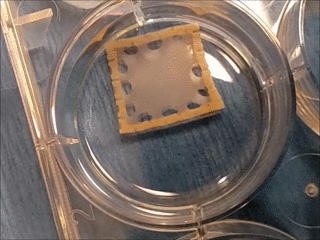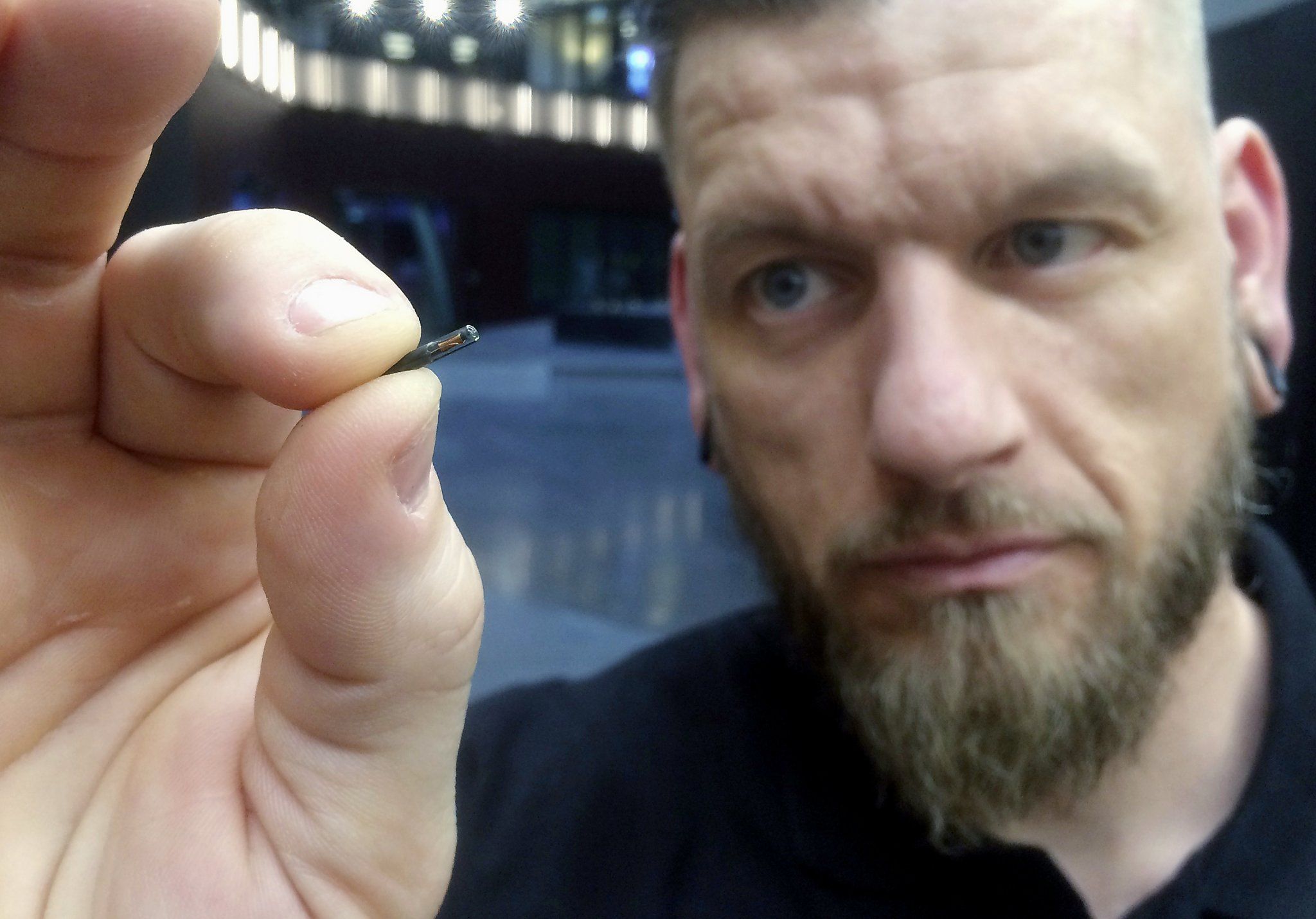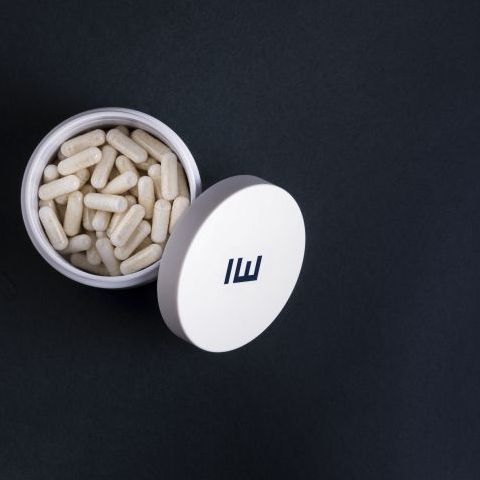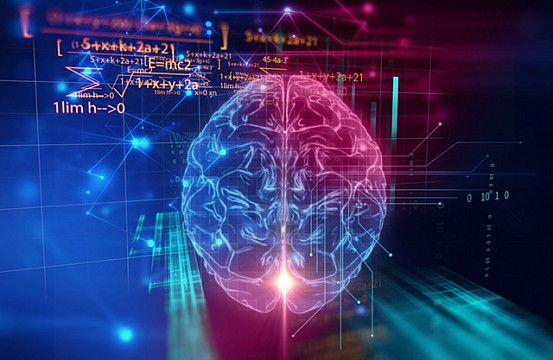Researchers are using stem cells to fabricate tiny patches they hope will be able to restore function to damaged cardiac tissue.



LEATHERMAKING is an ancient craft. The oldest leather artefact found so far is a 5,500-year-old shoe from a cave in Armenia, but paintings in Egyptian tombs show that, 7,000 years ago, leather was being turned into all manner of things, from sandals to buckets to military equipment. It is a fair bet that the use of animal skins for shelter and clothing goes back hundreds of thousands of years at least.
Leathermaking is also, though, a nasty business. In 18th-century London the soaking of putrefying hides in urine and lime, to loosen any remaining flesh and hair, and the subsequent pounding of dog faeces into those skins to soften and preserve them, caused such a stench that the business was outlawed from the City proper and forced downwind and across the river into Bermondsey. In countries such as India and Japan, the trade tainted people as well as places and was (and often still remains) the preserve of social outcasts such as Dalits and Burakumin.

My new Op-Ed for The San Francisco Chronicle: http://www.sfchronicle.com/opinion/openforum/article/Chip-im…003194.php #transhumanism
Wisconsin company Three Square Market recently announced it will become the first U.S. company to offer its employees chip implants that can be scanned at security entrances, carry medical information and even purchase candy in some vending machines. A company in Europe already did this last year.
For many people, it sounds crazy to electively have a piece of technology embedded in their body simply for convenience’s sake. But a growing number of Americans are doing it, including me.
I got my RFID implant two years ago, and now I use it to send text messages, bypass security codes on my computer, and open my front door. Soon I’ll get the software to start my car, and then my life will be totally keyless.
The type of chip implants in humans varies depending on the manufacturer or purpose of the device. A few hundred thousand people around the world have cochlear implants, which allow deaf people to hear. Others have implants to help with Alzheimer’s, Parkinson’s or even depression. A growing number of transhumanists — people who want to use radical technology in their bodies — have the $60 implant I have. It’s tiny, about the size of a grain of rice, and is injected into the body by a syringe. The injection process — usually in the hand near the thumb — is often bloodless and takes seconds to complete.

Researchers from Harvard University and the University of Nottingham have developed a new filling that stimulates stem cells in dental pulp to regenerate and even regrow teeth damaged by disease and decay. According to Newsweek Magazine, the discovery earned a prize from the Royal Society of Chemistry after judges described it as a “new paradigm for dental treatments.”
The treatment is believed to potentially eliminate the need for root canals.
Filling materials stimulate stem cells to encourage dentin growth.

Neuralink is working to link the human brain with a machine interface by creating micron-sized devices.
He said creating a brain-machine interface will be vital to help humans compete with the ‘godlike’ robots of the future.
Neuralink was registered in California as a ‘medical research’ company last July, and he plans on funding the company mostly by himself.

The risk factor is that iCarbonX is handling more than personal data, but potentially vulnerable data as the company uses a smartphone application, Meum, for customers to consult for health advice. Remember that the Chinese nascent genomics and AI industry relies on cloud computing for genomics data-storage and exchange, creating, in its wake, new vulnerabilities associated with any internet-based technology. This phenomenon has severe implications. How much consideration has been given to privacy and the evolving notion of personal data in this AI-powered health economy? And is our cyberinfrastructure ready to protect such trove of personal health data from hackers and industrial espionage? In this new race, will China and the U.S. have to constantly accelerate their rate of cyber and bio-innovation to be more resilient? Refining our models of genomics data protection will become a critical biosecurity issue.
Why is Chinese access to U.S. genomic data a national security concern?
Genomics and computing research is inherently dual-use, therefore a strategic advantage in a nation’s security arsenal.